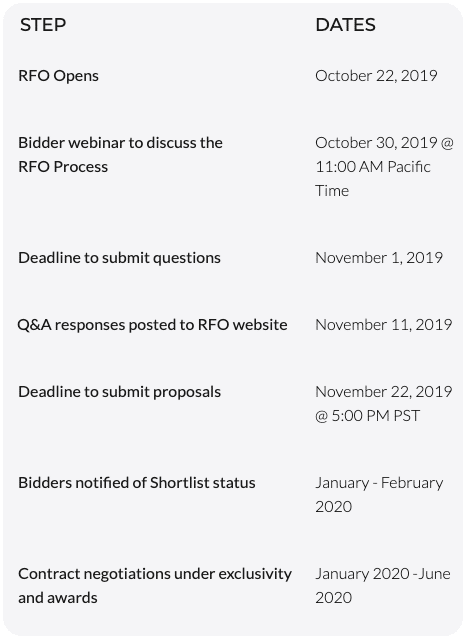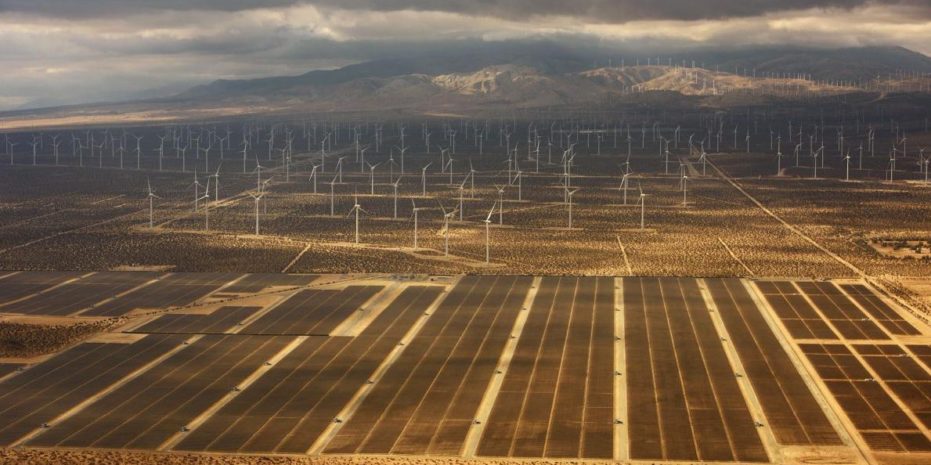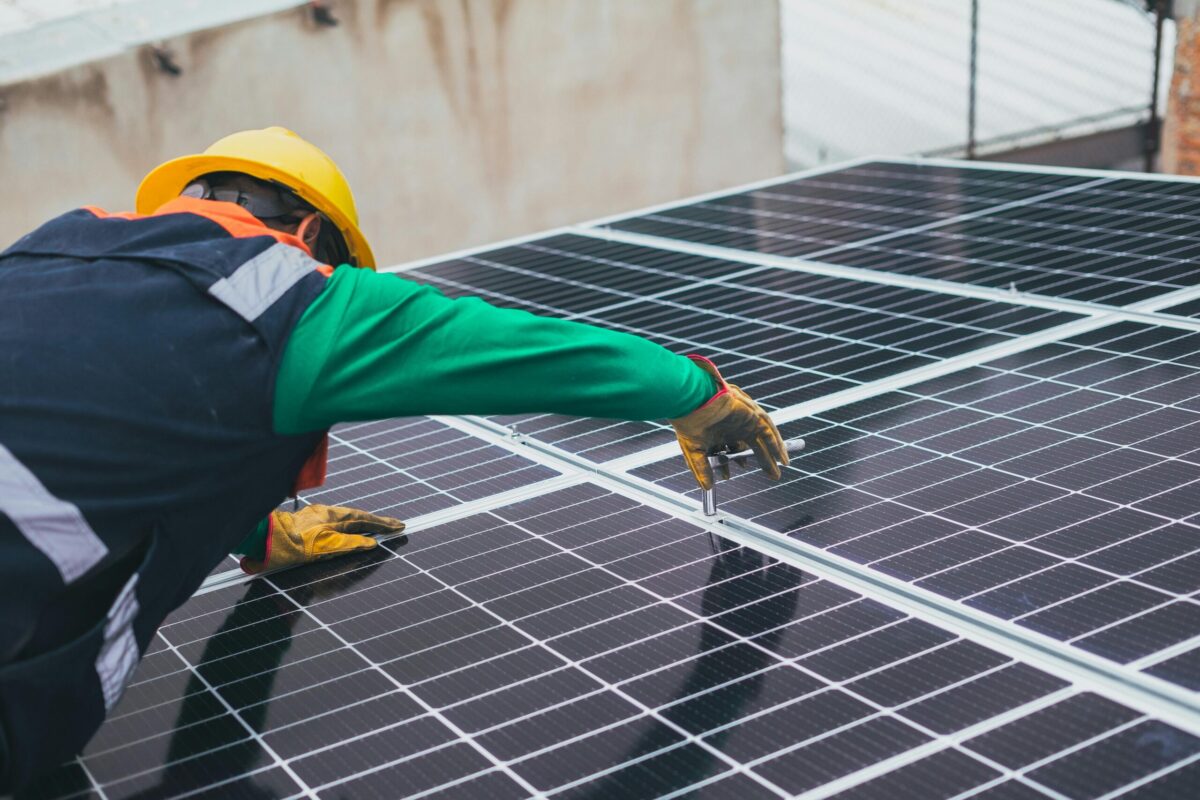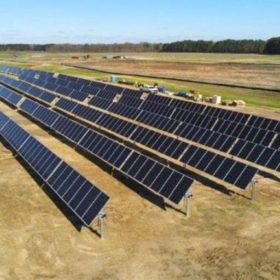A few years back, there was talk of contraction in California’s solar market. The rooftop solar market hit snags with the move to Net Metering 2.0 and Tesla’s pull-back. More centrally, the state’s large utilities had already procured the renewable energy that they needed under the state’s renewable portfolio standard, for years in advance.
That, of course, was before the rise of the Community Choice Aggregators (CCAs) – entities formed by local governments to take over procurement of energy in their jurisdictions. In California, CCAs were formed with the express mandate to procure clean energy faster than the state’s mandate, and has exploded across the state.
CCAs are breathing new life into California’s large-scale solar market. As the latest in this trend, today Clean Power Alliance (CPA), which covers communities in Los Angeles and Ventura Counties, opened a solicitation (request for offers or RFO) for both large-scale and distributed renewables.
We aren’t sure exactly how much renewable energy is being sought, but it is at least 400 MW. In the utility-scale track, CPA is looking for “RPS-eligible generation” and “RPS + storage” projects, up to 400 MW in capacity, to go online by the end of 2023.
For the distributed track, CPA seeks RPS + storage and standalone storage projects from 500 kW to 10 MW in capacity in Los Angeles and Ventura Counties, to come online no later than the end of 2024. These must be front-of-the-meter projects, and cannot be aggregated distributed energy resources
While the qualification for both is simply renewables, as previous all-source renewable energy solicitations have shown, solar is likely to dominate.
Incidentally, CPA wants these renewable energy projects to play a larger role in the state’s energy profile. The CCA has argued that instead of extending the lifetimes for “once-through cooling” fossil fuel-fired plants, the state speed up its procurement of other resources.
Details of the solicitation
Qualifying projects will be offered 15-year power contracts. While that is lower than in previous years, it’s actually much longer than the PPAs that we have been seeing in much of the U.S. market. Under these PPAs, CPA will claim all the energy, renewable energy credits, and ancillary services provided by the projects.
 Projects will be paid a fixed $/MWh rate, with no escalator. Prices must be offered at the project node. Projects that include storage may include an optional $/kW-month storage capacity cost, but here there will also be no escalator.
Projects will be paid a fixed $/MWh rate, with no escalator. Prices must be offered at the project node. Projects that include storage may include an optional $/kW-month storage capacity cost, but here there will also be no escalator.
Auction administrator Ascend Analytics says projects will be evaluated on a combination of quantitative and qualitative factors, with factors including “development risk, workforce development, environmental stewardship, benefits to disadvantaged communities, and location”.
There are also some interesting requirements for workers. The bid requires that all workers be paid prevailing wages, which is far from unusual in California, and additionally there are requirements around “Targeted Workers”, and a requirement that a minimum of 10% of all hours be performed by disadvantaged workers who are living in LA or Ventura Counties.
Project timelines can be seen on the graphic to the right, and more information is available on the RFO site.
This content is protected by copyright and may not be reused. If you want to cooperate with us and would like to reuse some of our content, please contact: editors@pv-magazine.com.









“For the distributed track, CPA seeks RPS + storage and standalone storage projects from 500 kW to 10 MW in capacity in Los Angeles and Ventura Counties, to come online no later than the end of 2024. These must be front-of-the-meter projects, and cannot be aggregated distributed energy resources.”
Interesting proposition, in California the electric utility and power generators were ‘divested’ way back in 1999. Will this be the new business model in the energy industry? Distributed non-fueled generation with energy storage, under a CCA could become the merchant energy system that replaces the so called baseload as well as the Peak demand fueled generation resources still prevalent today. CAISO has been preaching ‘curtailment’ of solar PV and wind generation resources, with spot market contracts to fueled generators to run the grid. All the while not allowing non-fueled generation to be stored and “merchandised” to the ratepayers later on in the day.
By 2025 Diablo Canyon nuclear should be decommissioned and California will have to depend on the “spot market”, remember how ENRON gammed that system? California will have to store massive amounts of excess non-fueled generation day or night and shift the energy use when grid demand requires it.